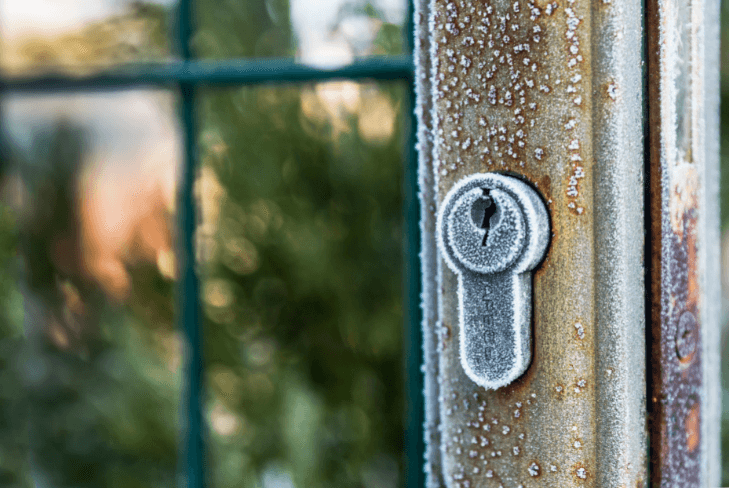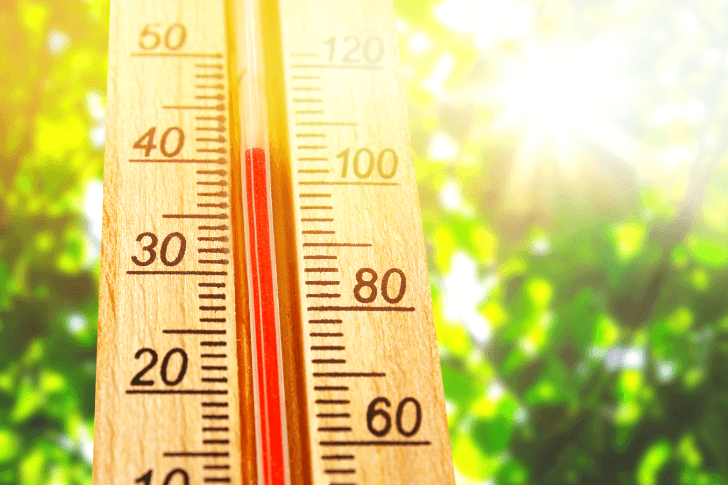As the fall and winter seasons arrive, the change in temperature affects your doors and locking mechanisms in a variety of ways. Doors that are made of wood are especially prone to problems during seasonal changes, as lower levels of humidity affect the material. Freezing temperatures and the absence of moisture in the air can cause your door frame to contract, leading to a poor fit between the door and the lock itself. This contraction means the door will begin to warp around your locks, and may lead to your deadbolt suddenly not being able to lock or unlock properly.
Aside from contractions with the door and door frame, if there is existing moisture in the lock, you may experience issues with your key not being able to turn. Moisture in the mechanisms of the lock may freeze over, causing your key to become stuck or much harder than usual to put into the lock.
Just as colder weather causes your door and door frame to contract, warmer weather can cause these mechanisms to expand. Higher levels of moisture in the air cause wooden doors to warp around the lock and press rigidly against the door frame. This expansion can lead to problems with your locks, as they suddenly start to “jam” more often. This means it becomes more difficult for the key to turn in the lock properly, or that the key can become stuck in the lock itself.
Homeowners must also be aware of the effects of warm temperatures on keys themselves. When left in a hot car for too long, or left in direct sunlight for extended periods of time, the keys can begin to distort. Distorted keys can cause problems with the lock, as they do not properly fit in the mechanism anymore.











